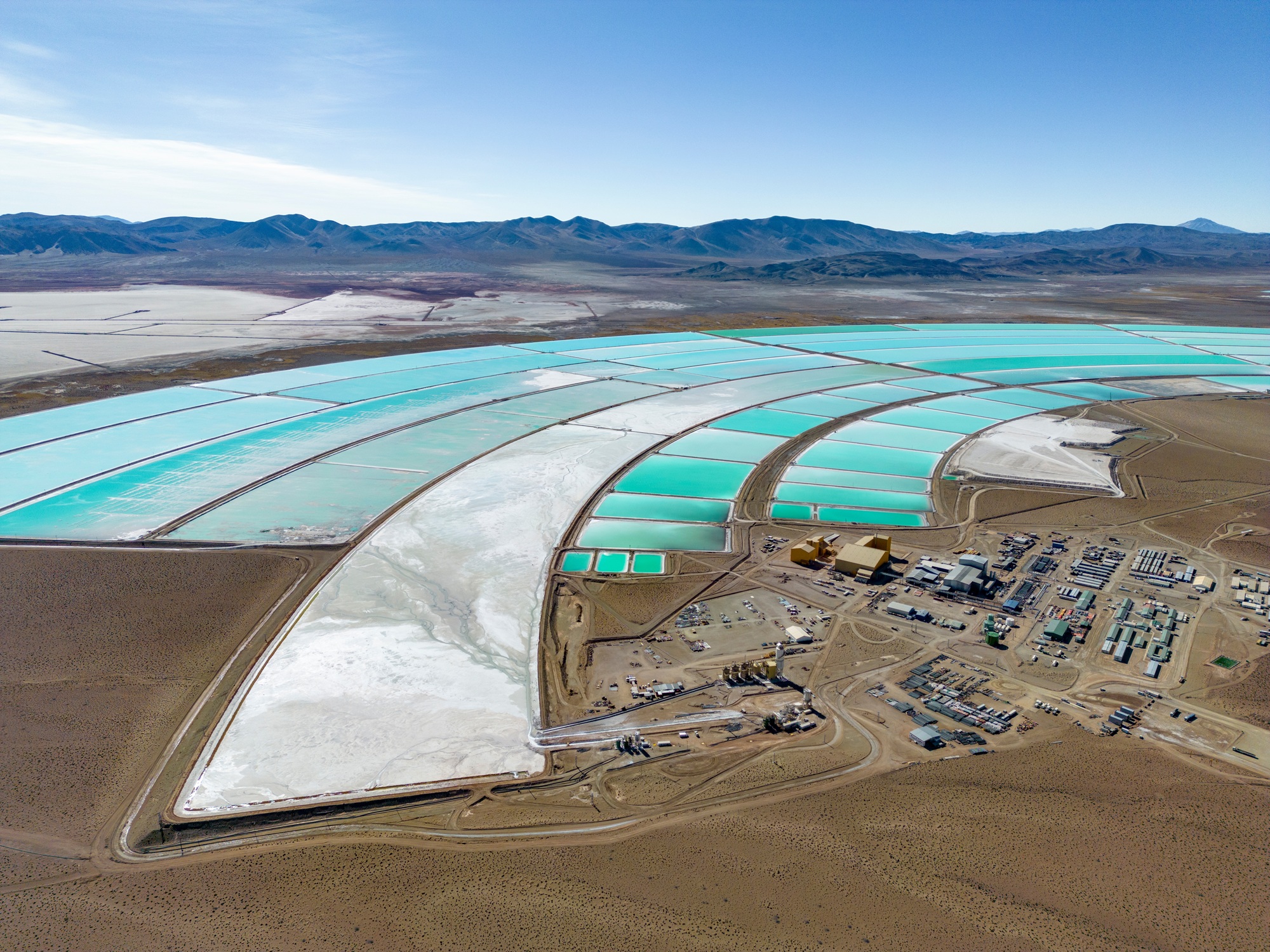Critical raw materials: reuse rather than extracting from conflict zones
What do Ukraine, DR Congo and Greenland have in common? They are all three full of Critical Raw Materials (CRMs) and that makes for war or threat of war. That global battle for resources would be a lot less fought if we managed to reuse the CRMs already in our products.

Aerial view of lithium fields or evaporation ponds in the highlands of northern Argentina, South America. Picture: Shutterstock.
In a Circular Economy, you want to keep using products as long as possible. Nevertheless, there will eventually come a time when the product can no longer be used or repaired. Recycling can help recover raw materials.
To implement the National Circular Economy Programme (NPCE), the National Raw Materials Strategy (NGS) and the European Critical Raw Materials Act (CRMA), Rijkswaterstaat is working on circularity and security of supply on behalf of the Ministry of Infrastructure and Water Management. An online course, developed together with TU Delft and Partners for Innovation, explains to designers and companies how to design electrical and electronic equipment (EEEA) to be optimally recyclable. We call this Design for Recycling. The full course takes five half-day sessions and is completely free of charge.
Recycling of CRMs is still in its infancy. Not all critical raw materials are currently being recovered. This is despite the adoption of the Critical Raw Material Act by the European Commission in 2023, which states that the EU will put much more effort into reuse and recycling. Products containing many critical raw materials include computers, tablets, phones, lamps, cooking equipment, solar panels and batteries.
Follow up of an existing course
The course focusing on CRMs builds on an earlier online course aimed at increasing plastic recycling. That was followed by some 2,120 participants. The new course, which has been online since late December, now has 266 participants taking part.
The creators of the course hope that the recent focus on the geopolitical importance of Critical Raw Materials is a wake-up call. Only if we deal better with critical raw materials already present in products will the EU make themselves less dependent on other countries to extract new critical raw materials.
—
The course’s target audience is designers and companies. The duration of the course is about 5 weeks, based on 3 to 4 hours per week. You can register for this course here.
Want to
know more?
Contact us!



